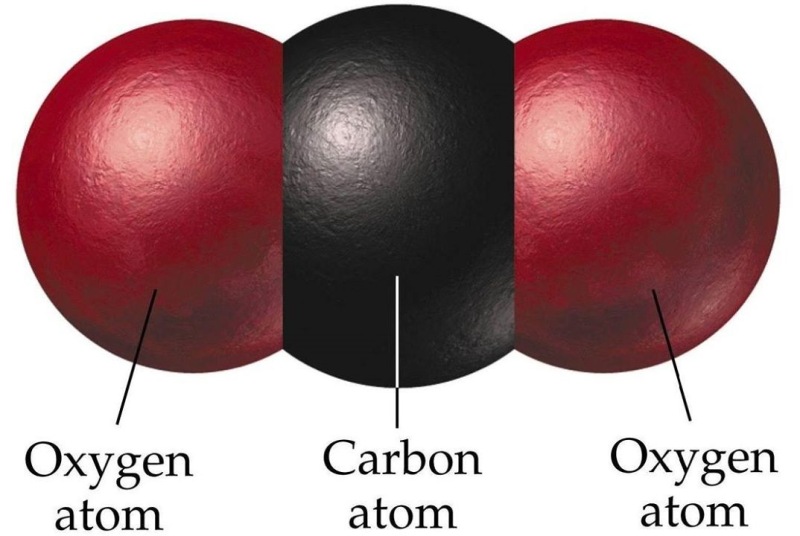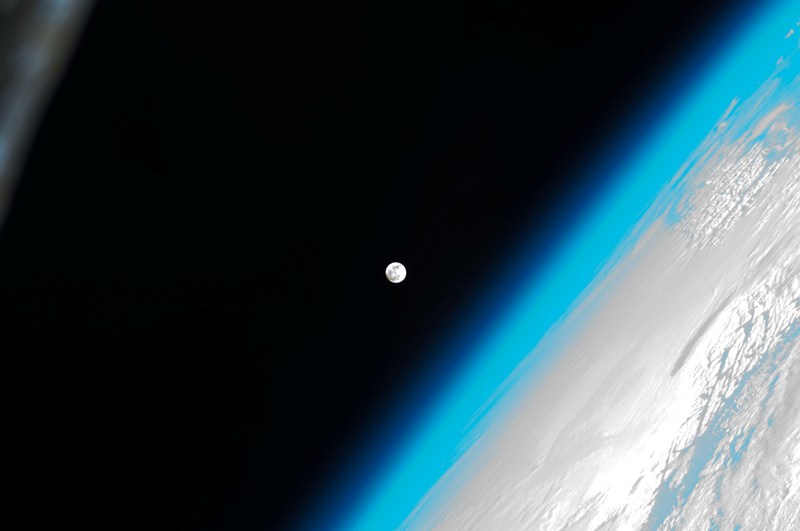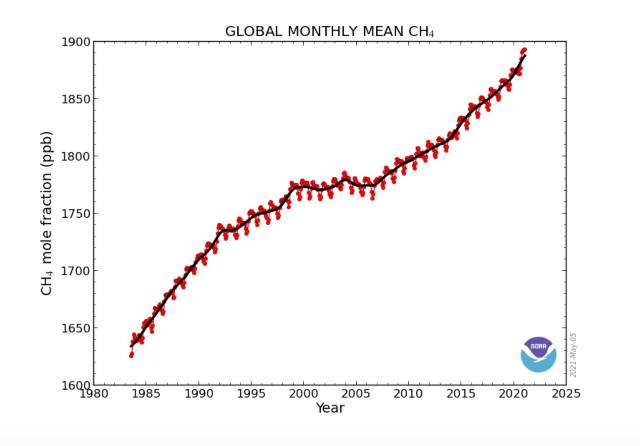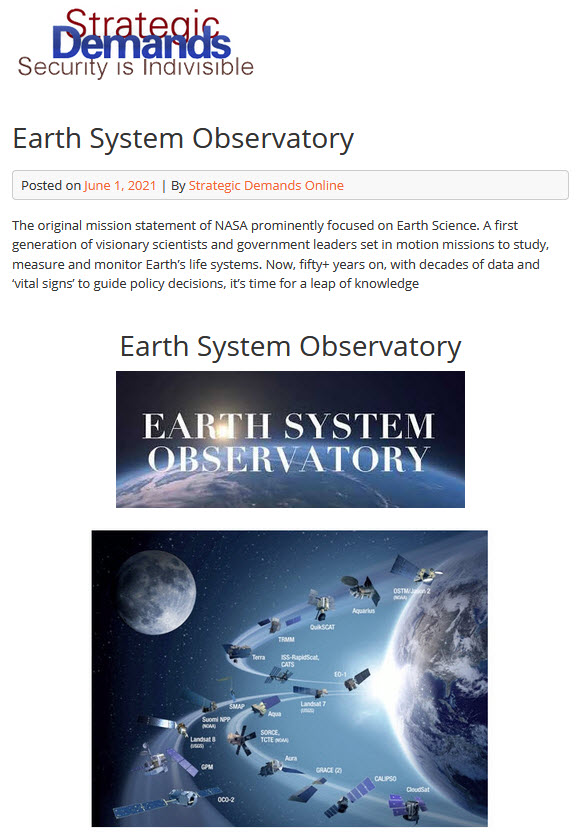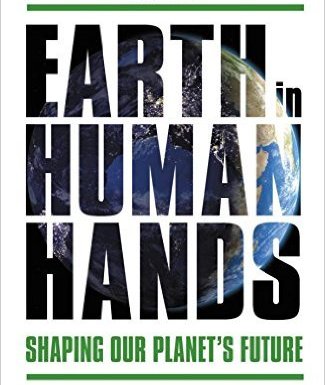Climate Problems, Climate Solutions: Difference between revisions
Siterunner (talk | contribs) No edit summary |
Siterunner (talk | contribs) No edit summary |
||
| Line 168: | Line 168: | ||
:- UN | :- UN | ||
Revision as of 15:55, 15 June 2021
- "We have to identify the problem, then act in many ways to solve the problem. Global warming is the threat of our times."
- "We’re going to need to use every tool in the toolbox if we’re going to solve this problem."
A Global Challenge
Bookmark Climate Policy @GreenPolicy360
··························································
Climate Change - NASA
- https://climate.nasa.gov/vital-signs/ | Vital Signs
Climate Change - MIT
- https://climateprimer.mit.edu/ | Climate Science, a Primer
Climate Change - Metrics
- https://www.bloomberg.com/graphics/climate-change-data-green/ | Bloomberg Green Climate Data-Dashboard Intel
- U.S. National Climate Assessments: A Critical Task
- Earth System Observatory
- Earth Science Missions
Climate Problems, Climate Solutions
Time to act to make a difference
Big Picture
Systemic Change
First, Measure and Monitor the Energy Production/Usage/Source data and Changes as Climate Energy Policies Are Implemented
Second, Define the Units of Measurement
Joules and Exajoules - https://www.convertunits.com/info/exajoule
Units defined exactly in terms of the joule include:
- - 1 thermochemical calorie = 4.184 J[22]
- - 1 International Table calorie = 4.1868 J[23]
- - 1 W⋅h = 3600 J (or 3.6 kJ)
- - 1 kW⋅h = 3.6×106 J (or 3.6 MJ)
- - 1 W⋅s = 1 J
- - 1 ton TNT = 4.184 GJ
Gigajoule - The gigajoule (GJ) is equal to one billion (109) joules. 6 GJ is about the chemical energy of combusting 1 barrel (159 l) of petroleum.[17] 2 GJ is about the Planck energy unit.
Exajoule / The exajoule (EJ) is equal to one quintillion (1018) joules. The 2011 Tōhoku earthquake and tsunami in Japan had 1.41 EJ of energy according to its rating of 9.0 on the moment magnitude scale. Yearly U.S. energy consumption amounts to roughly 94 EJ. - Wiki citations
Terawatts - https://www.electricrate.com/what-is-a-terawatt/
Megatonne Of Oil Equivalent (Mtoe) - https://www.convert-me.com/en/convert/energy/mtoe/mtoe-to-megajoule.html
···········································································
Third, now, planet citizens, planet scientists, capture a data snapshot of where we are...
The yearly use of fossil fuels on the planet (circa 2020) is about/~ 450 exajoules. To roll back the 450 exajoules by 2050, every year the planet would have to reduce use of about 15 exajoules of fossil fuels. That is the equivalent of about 100 billion gallons of diesel fuel every year.
-WaPo Comment
Global Energy Statistical Yearbook (2020)
World energy consumption (2012) -- beyond 500 exajoules
Terajoules of energy used - The annual global energy consumption is estimated to 580 million terajoules. That’s 580 million trillion joules or about 13865 million tons of oil equivalents (Mtoe)
IEA World Energy Statistics (By Source 1973-2018 - Mtoe)
Energy production and consumption
In 2008, total worldwide primary energy consumption was 132,000 terawatt-hours (TWh) or 474 exajoules (EJ).
- - WikiMatrix
At the global level, approximately 37 per cent of primary energy consumption is converted to useful energy: of global annual primary energy consumption of 400 exajoules, 150 exajoules are consumed as useful energy and 250 exajoules are wasted.
- - UN
Personal
Planet Citizen Action
